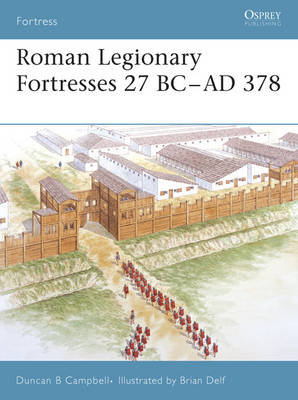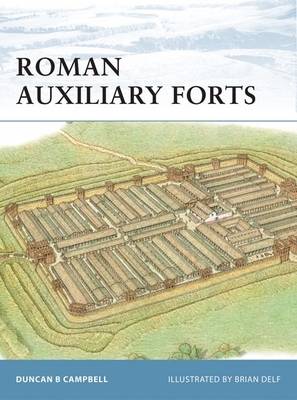Fortress
2 primary works
Book 43
The concept of a legionary fortress as a permanent structure dates from the reign of Augustus (27 BC-AD 14). It is only from that time that we find a standing army distributed around the empire, and their permanent fortresses developed from the temporary field fortifications of the legions on campaign. This book describes the development, design and construction of these fortresses throughout the length and breadth of the Empire. It also deals extensively with the experience of life within a typical fortress and covers the operational history of these fortifications, including the famous siege of Vetera in AD 69.
Book 83
With the vast expansion of the Roman Empire came a need for more and more fortifications to defend it. The borders of the Empire stretched through wildly different terrains which demanded a huge variety of different fortifications, depending on the local conditions and the threats faced by the different areas. The adoption of local troops (auxiliaries) and local building techniques at key strategic points on the outskirts of the empire led to an intriguing mix of strong Roman structure with unique culturally diverse elements. Describing the development of these hugely varied defensive systems, Duncan Campbell delves into the operation and social history behind the fortifications.With detailed colour artwork and maps, he traces their history through the Batavian Revolt of the 1st century AD, which saw auxiliary units scattered far from their native regions, until the decline of the late 3rd and 4th centuries placed their fortifications in an increasingly pressurized and eventually untenable position.

